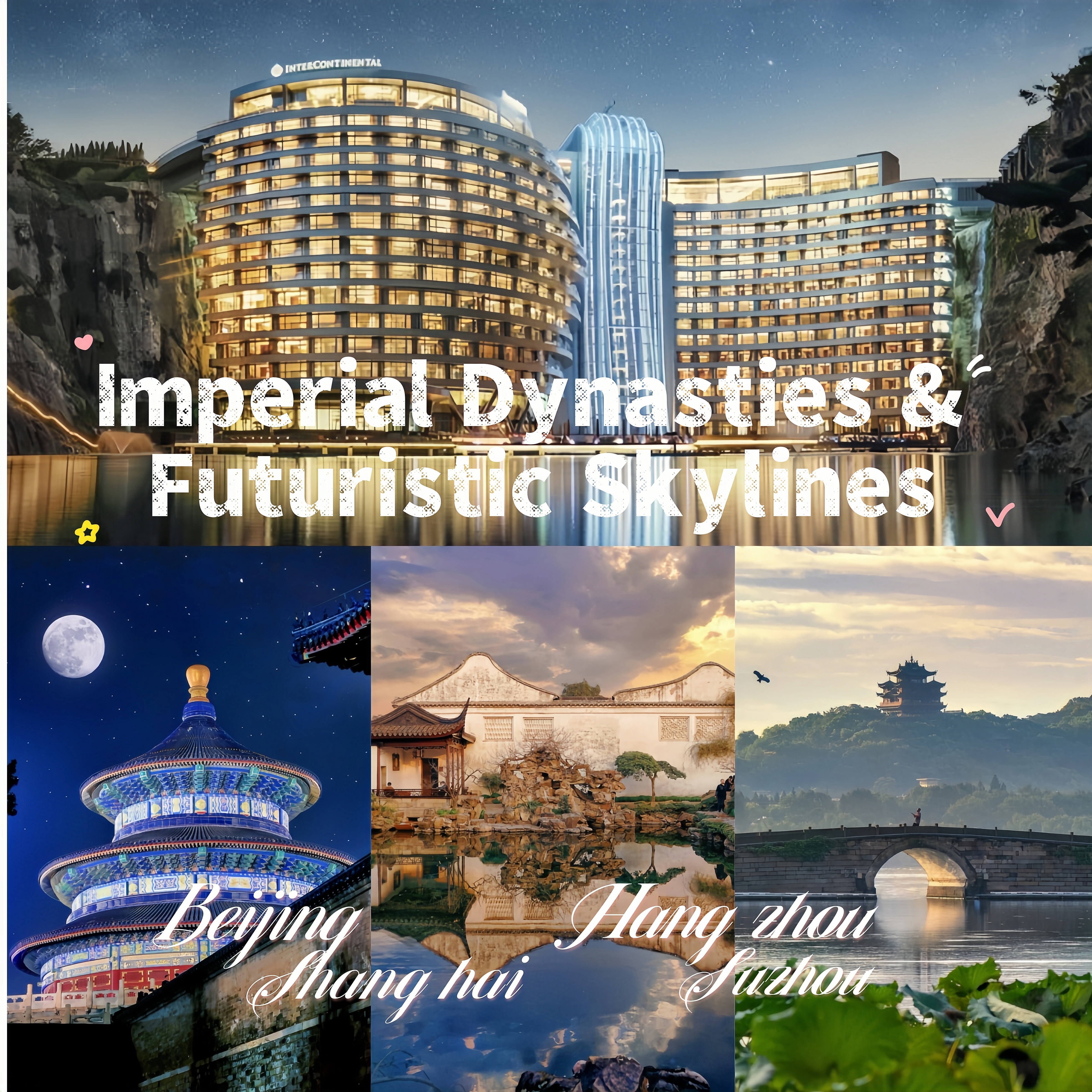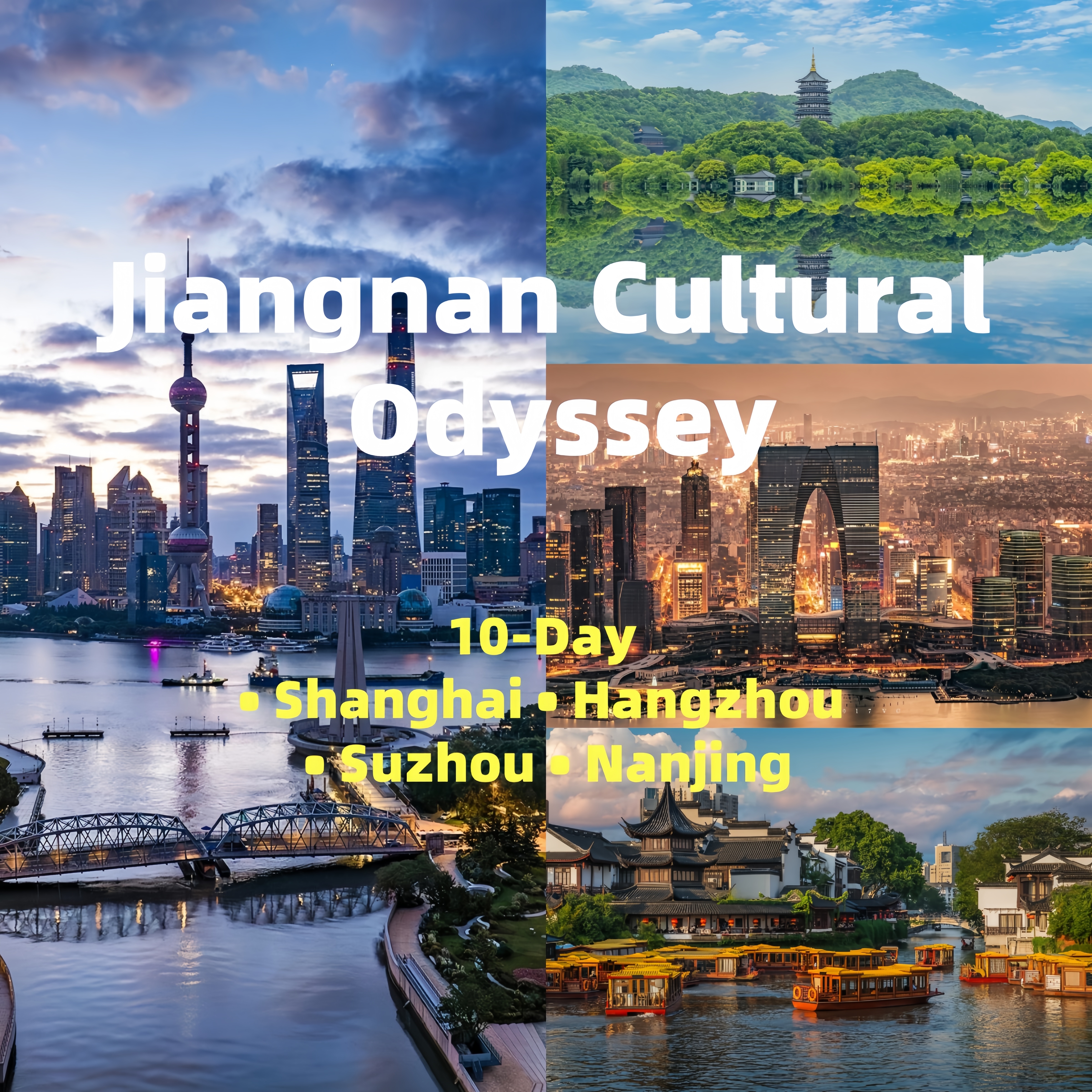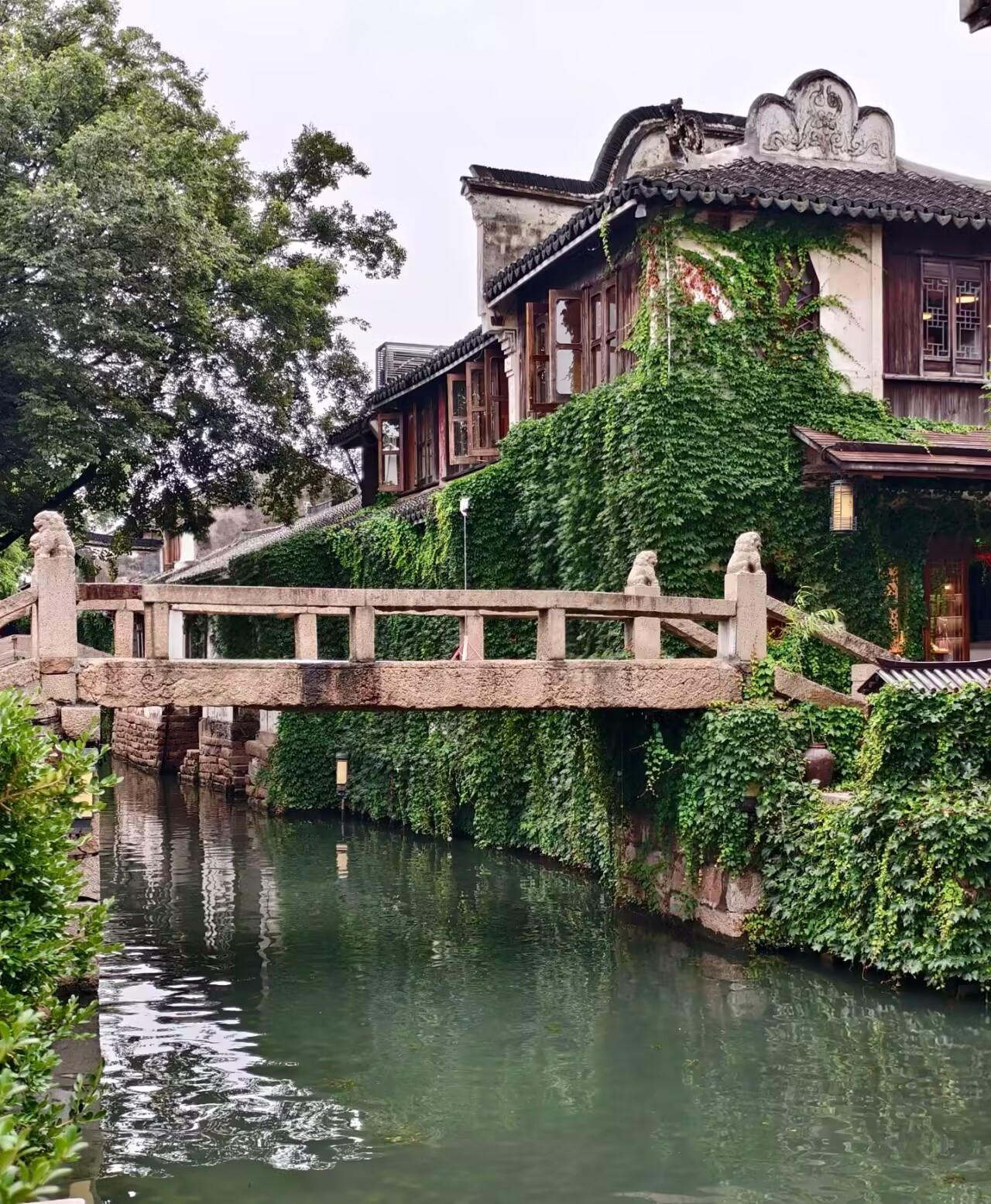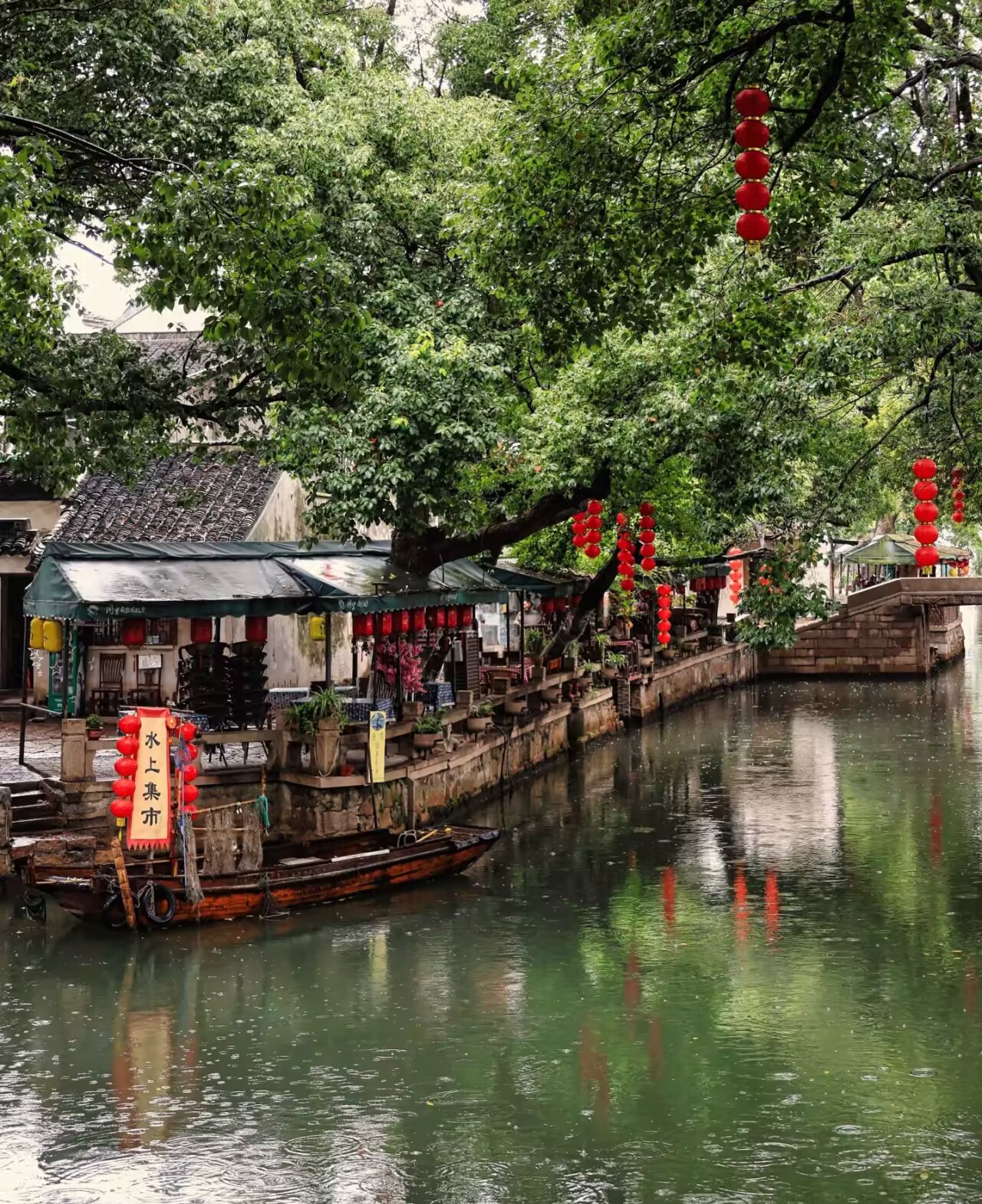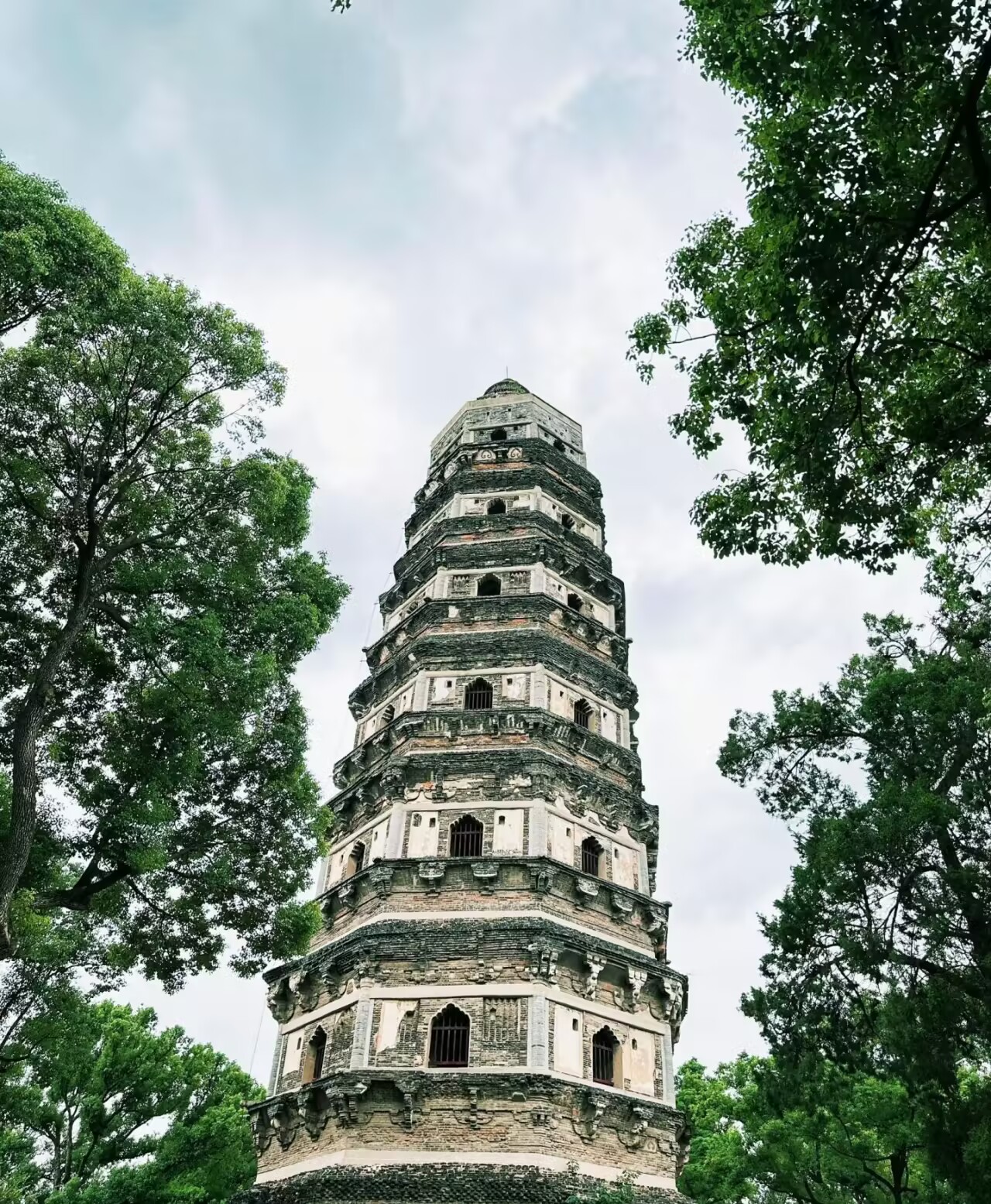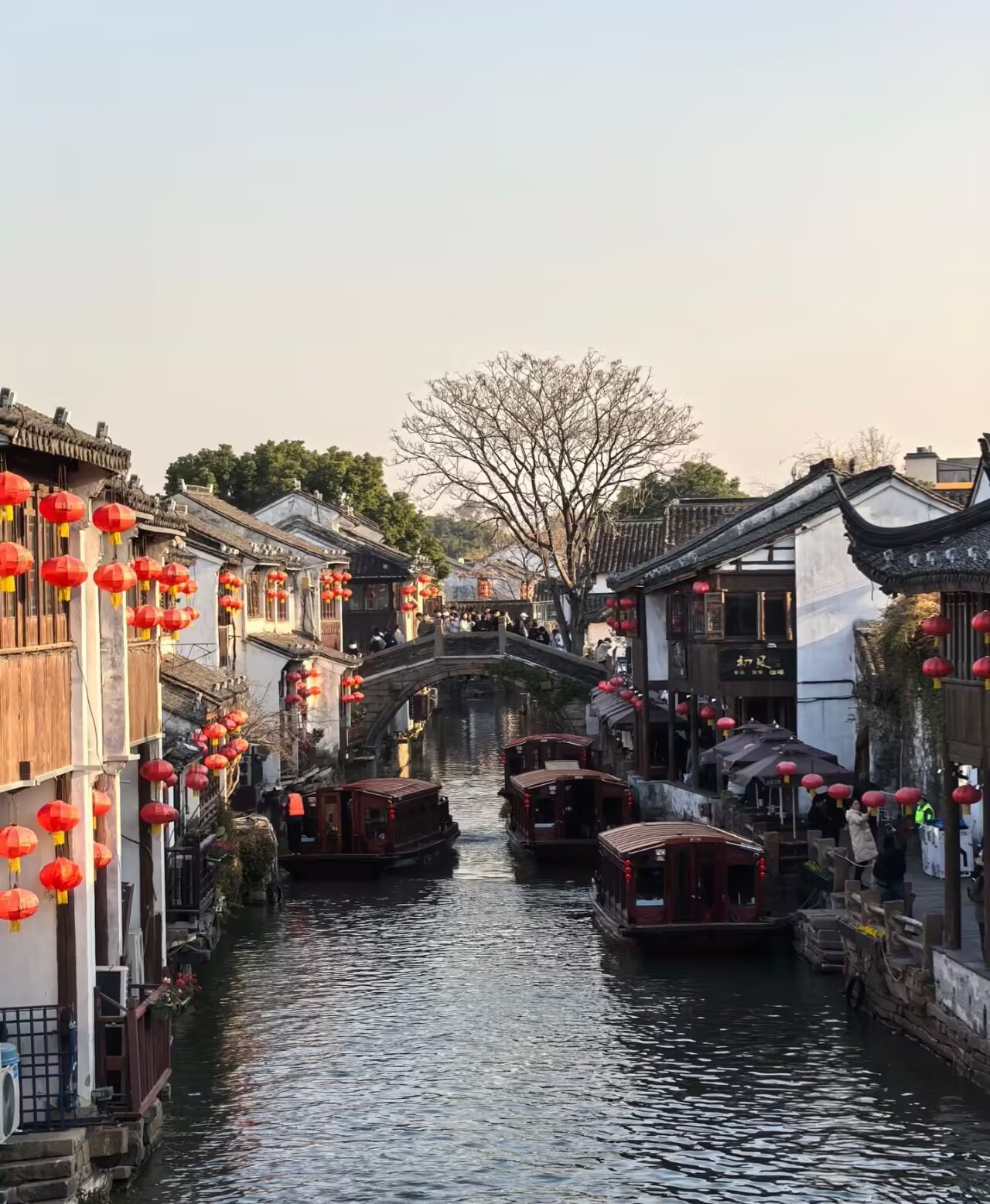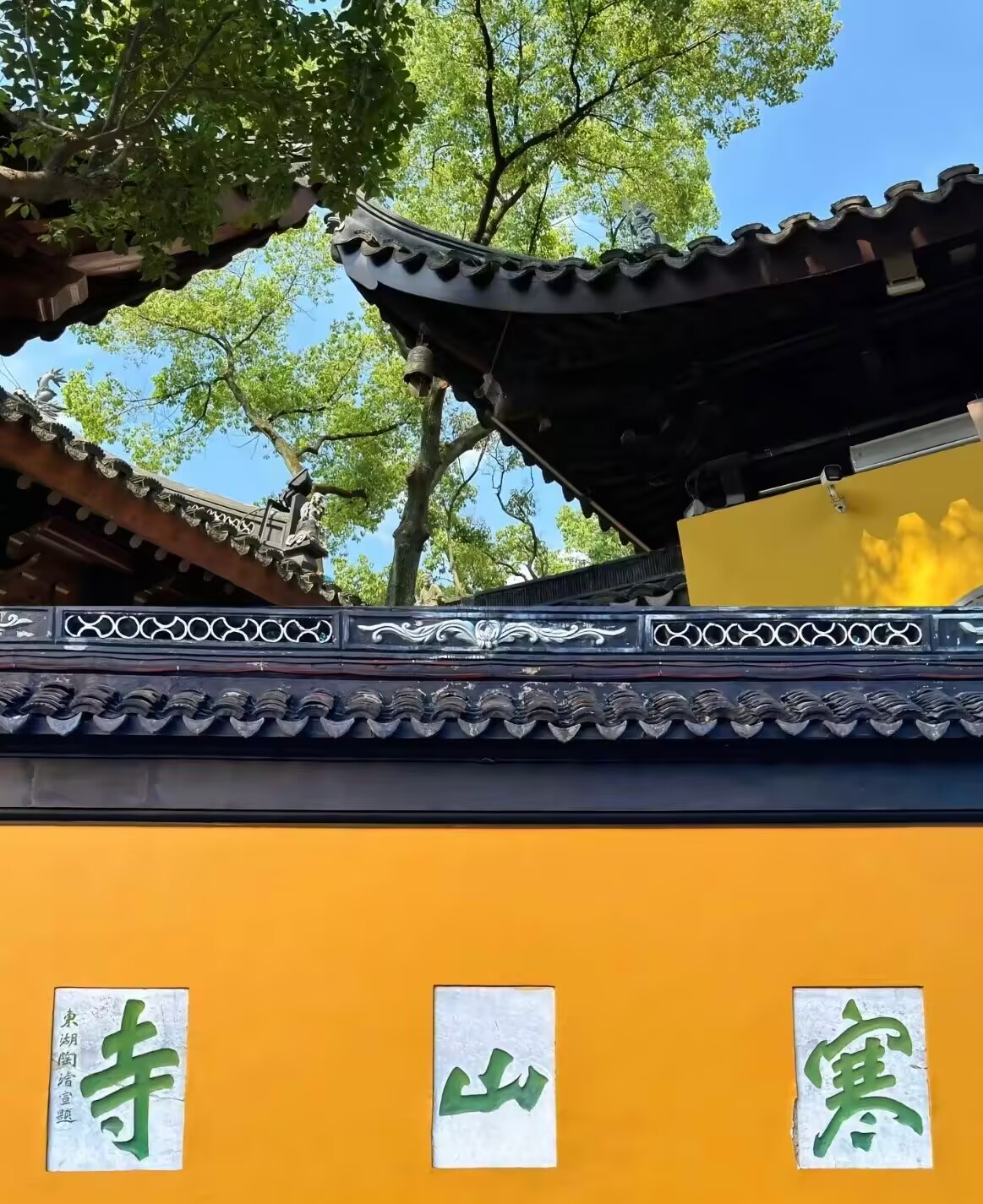


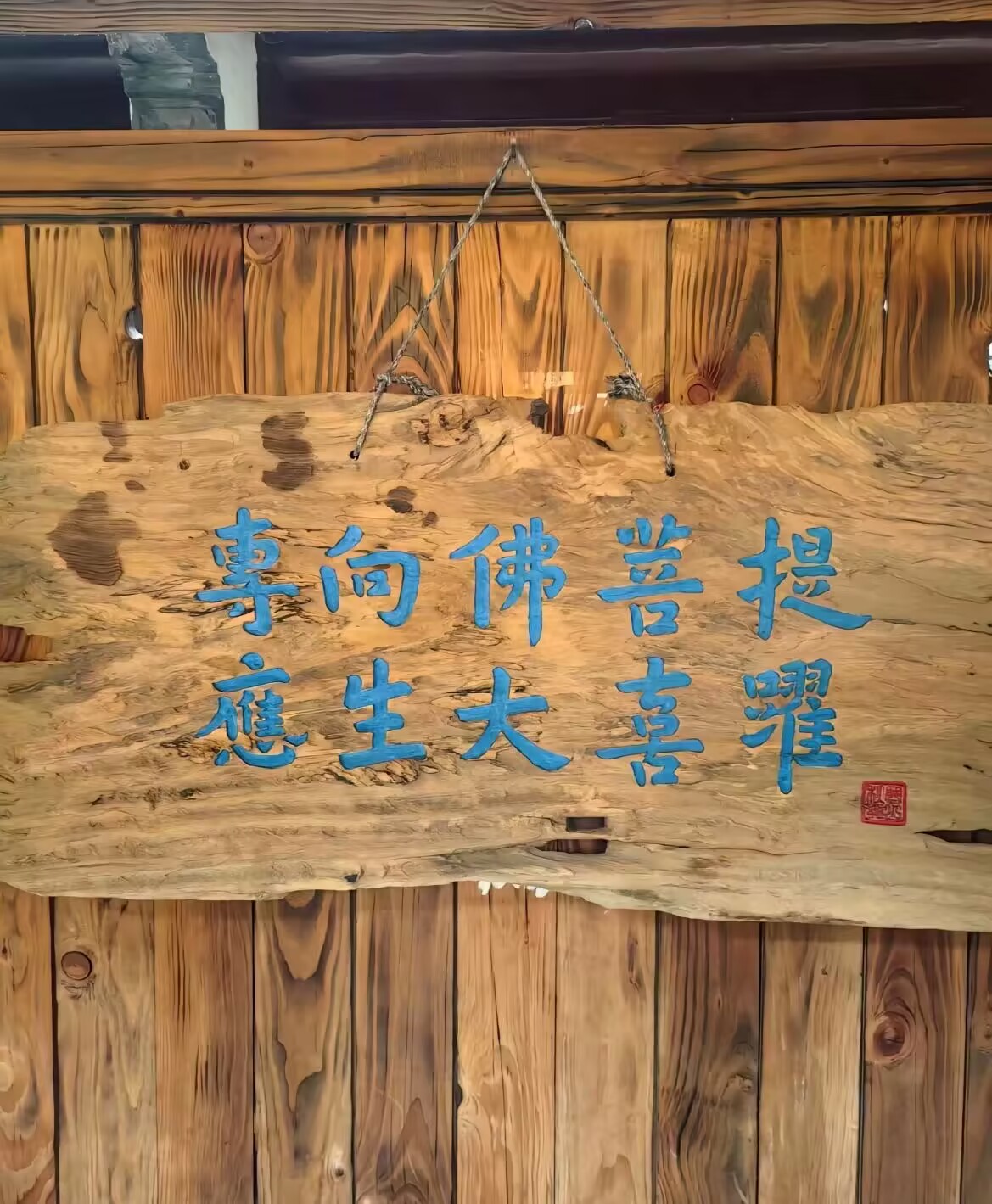
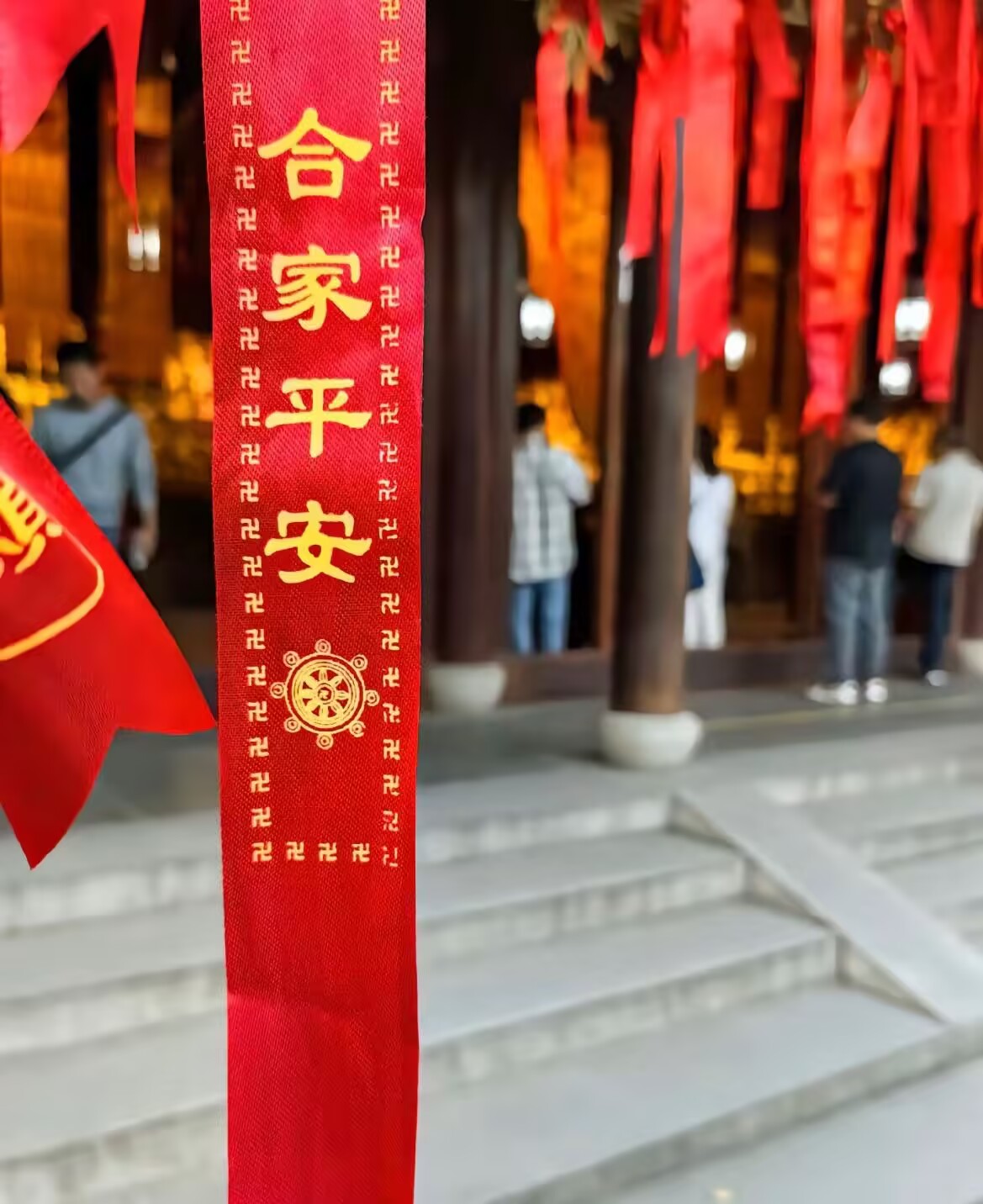
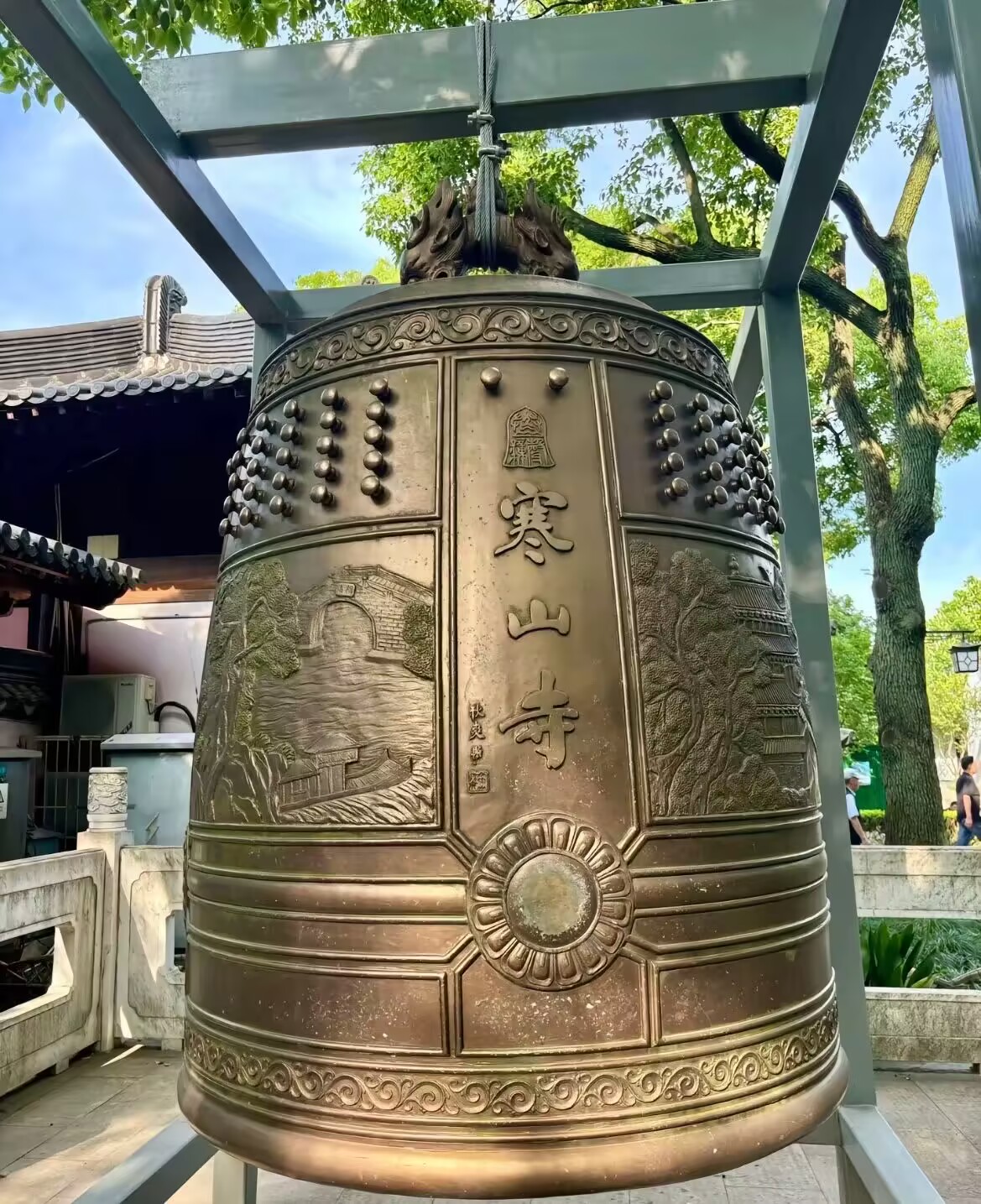
Hanshan Temple
Hanshan Temple, a UNESCO-recognized cultural landmark, is a 1,500-year-old Buddhist temple in Suzhou. It gained global fame through Zhang Ji’s Tang Dynasty poem Mooring by Maple Bridge at Night, which immortalized its midnight bell. The temple’s architecture blends Qing Dynasty styles with Jiangnan garden aesthetics, featuring: Great Buddha Hall:Houses a Sakyamuni statue and 36 stone tablets inscribed with Hanshan’s poems. Bell Tower:Contains a Ming Dynasty bronze bell (108 strikes symbolize dispelling 108 human sorrows). Visitors can ring the bell for 5 RMB (3 strikes). Stele Corridor:Showcases calligraphic masterpieces of Maple Bridge by Yu Yue, Wen Zhengming, and others. Puming Pagoda:A Tang-style wooden pagoda with the poem carved on its exterior, surrounded by a koi pond.
Information
Ticket price
Time
Location
24 Hanshan Temple Lane, Gusu District, Suzhou, Jiangsu, China
View maps
More about the trip
Hanshan Temple: The Temple of the Cold Mountain Bell
Hanshan Temple, a UNESCO-recognized cultural landmark, is a 1,500-year-old Buddhist temple in Suzhou. It gained global fame through Zhang Ji’s Tang Dynasty poem "Mooring by Maple Bridge at Night," which immortalized its midnight bell. The temple’s architecture blends Qing Dynasty styles with Jiangnan garden aesthetics, featuring: Mahavira Hall, Bell Tower, Stele Corridor, and Puming Pagoda. It is a serene and historically significant site, attracting pilgrims and tourists alike.
What to See and Do
Bell Tower: The most famous feature of the temple. It contains a Ming Dynasty bronze bell (and a replica from Japan). Ringing the bell 108 times is believed to dispel 108 human sorrows. Visitors can ring the bell for a small fee.
Mahavira Hall (大雄宝殿): The main hall, housing a Sakyamuni Buddha statue and 36 stone tablets inscribed with Hanshan's poems.
Stele Corridor (碑廊): Showcases calligraphic masterpieces, including various versions of Zhang Ji's famous poem "Mooring by Maple Bridge at Night" by renowned calligraphers like Yu Yue and Wen Zhengming.
Maple Bridge (枫桥): Located near the temple, this ancient bridge is the subject of Zhang Ji's poem, adding to the romantic and historical ambiance of the area.
Puming Pagoda (普明宝塔): A Tang-style wooden pagoda with the poem carved on its exterior, surrounded by a koi pond.
Buddhist Culture: Observe monks going about their daily rituals, and learn about Buddhist philosophy and practices through the temple's various displays.
Best Time to Visit
The temple is suitable for visiting year-round. Spring and autumn offer the most pleasant weather. Weekdays are generally less crowded than weekends and public holidays. Arrive early to experience the temple's tranquility.
How to Get There
Hanshan Temple is located in Gusu District, Suzhou, near the Maple Bridge. You can take various bus routes (e.g., 3, 30, 31, 33, 301, 307) to Hanshan Temple Station (寒山寺站). A taxi or ride-hailing service is also convenient.
Travel Tips
Wear comfortable shoes: You'll be doing some walking around the temple complex.
Dress modestly: As a religious site, it's respectful to dress modestly, covering shoulders and knees.
Allow ample time: Plan for at least 1-1.5 hours to explore the temple thoroughly.
Listen for the bell: The sound of the bell is iconic, so take a moment to listen for it.

